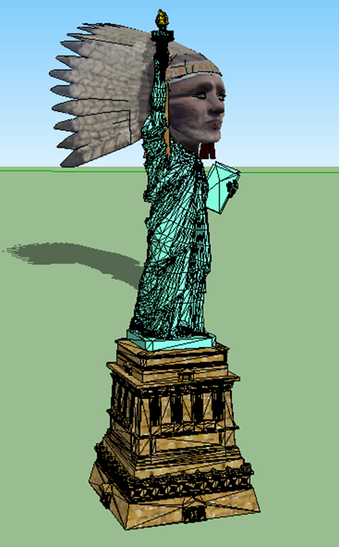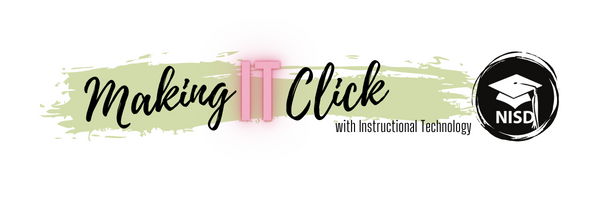What’s going on behind the walls of history? The Pre - AP U.S. History class of juniors just finished their new creative art project. John Klingseisen, STEM Facilitator, created the project around a field trip to the Fort Worth Amon Carter Art Museum where students took a step inside the past by learning the ideas behind American art during the Gilded Age. The project itself consisted of a physical art piece, an informative essay including topics such as industrialization, urbanization and Progressivism, even a digital representation of the art piece.
 One art piece per group was required. The essay portion was necessary for grading. This assignment was a reflection of what a student learned from personal research as well as how to follow a rubric’s criteria. The required amount of APA cited sources left in the students in charge of what they learned. On the rubric it was mandatory that every student in their essay use outside sources such as books or databases and not the more common sites like Wikipedia or Bing. The digital representation was accomplished through Google Sketchup where different textures and feature were applicable.
One art piece per group was required. The essay portion was necessary for grading. This assignment was a reflection of what a student learned from personal research as well as how to follow a rubric’s criteria. The required amount of APA cited sources left in the students in charge of what they learned. On the rubric it was mandatory that every student in their essay use outside sources such as books or databases and not the more common sites like Wikipedia or Bing. The digital representation was accomplished through Google Sketchup where different textures and feature were applicable.
Nathan Patske Pre - AP U.S. History student said “Our project was the best,” piece including an electrical switch for lights. Although enjoying the project the student felt there was something missing. Nathan added “There should be checkpoints” for the progression of the art pieces to keep one single person from working on the whole art aspect.
A question for the History Facilitator was, “Next year will the project will be implemented?” The answer, yes. Perfect or not, the project broke out of the regular Project Based Learning format unlike regular history projects with informational question and monotonous reading instituting hands on art the teams were able to share and finally present to a panel of colleagues.
STEM Academy Newsletter
By: Martin Bowser, STEM Academy Student
 One art piece per group was required. The essay portion was necessary for grading. This assignment was a reflection of what a student learned from personal research as well as how to follow a rubric’s criteria. The required amount of APA cited sources left in the students in charge of what they learned. On the rubric it was mandatory that every student in their essay use outside sources such as books or databases and not the more common sites like Wikipedia or Bing. The digital representation was accomplished through Google Sketchup where different textures and feature were applicable.
One art piece per group was required. The essay portion was necessary for grading. This assignment was a reflection of what a student learned from personal research as well as how to follow a rubric’s criteria. The required amount of APA cited sources left in the students in charge of what they learned. On the rubric it was mandatory that every student in their essay use outside sources such as books or databases and not the more common sites like Wikipedia or Bing. The digital representation was accomplished through Google Sketchup where different textures and feature were applicable.Nathan Patske Pre - AP U.S. History student said “Our project was the best,” piece including an electrical switch for lights. Although enjoying the project the student felt there was something missing. Nathan added “There should be checkpoints” for the progression of the art pieces to keep one single person from working on the whole art aspect.
A question for the History Facilitator was, “Next year will the project will be implemented?” The answer, yes. Perfect or not, the project broke out of the regular Project Based Learning format unlike regular history projects with informational question and monotonous reading instituting hands on art the teams were able to share and finally present to a panel of colleagues.
STEM Academy Newsletter
By: Martin Bowser, STEM Academy Student


